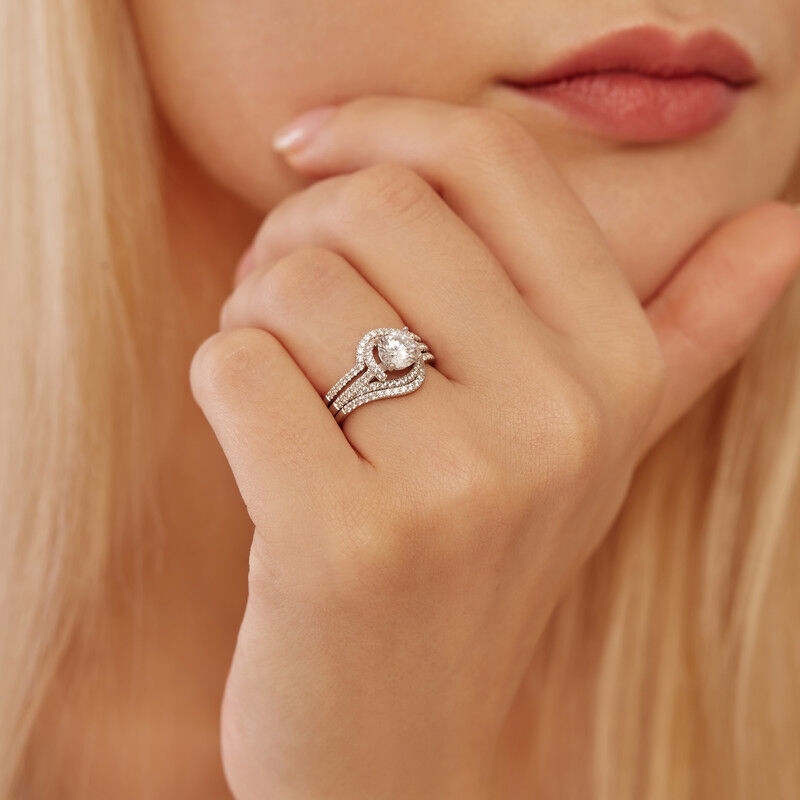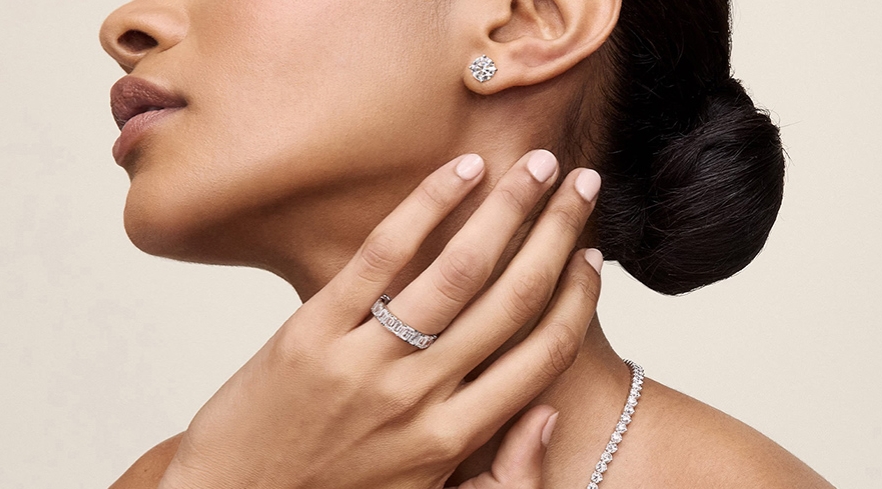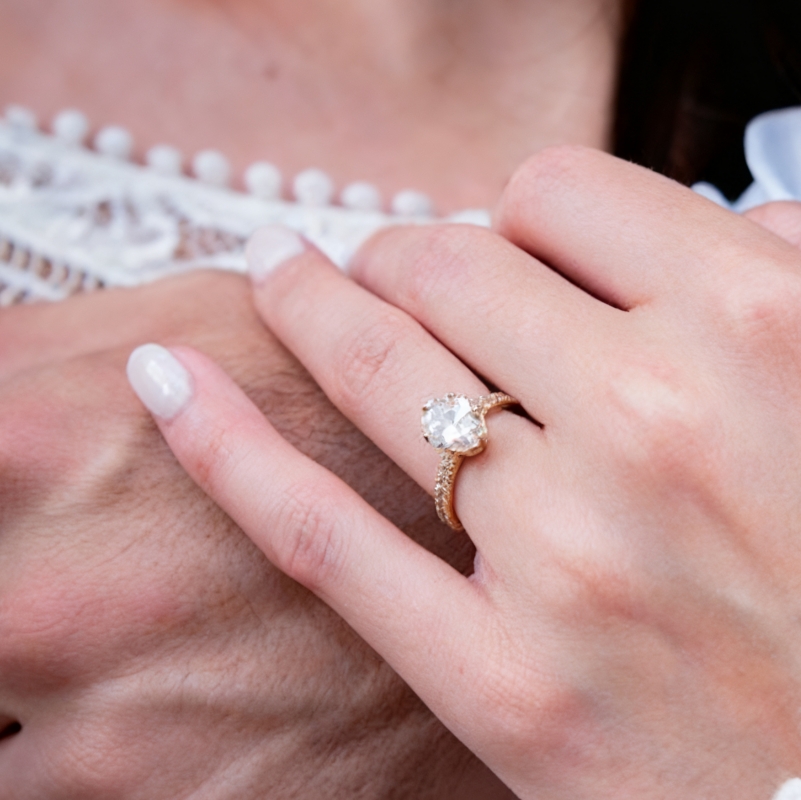Greek weddings are a vibrant celebration of love, family, and cultural heritage. Steeped in history and symbolism, these joyous occasions blend ancient customs with Orthodox Christian rituals, creating a unique and unforgettable experience. Today, we will explore the fascinating world of Greek wedding traditions, from the engagement to the post-wedding festivities.
The Engagement (Logoi)
In Greek wedding traditions, the wedding journey begins with the “logoi” or engagement. Traditionally, the groom’s family visits the bride’s home to ask for her hand in marriage. The couple exchanges rings blessed by a priest. Families celebrate with a feast, often including breaking an engagement bread called “koulouri.” The couple also selects their “koumbaro” or “koumbara”. This person plays a crucial role throughout the wedding process, serving as a witness to the marriage and participating in key rituals during the ceremony.
Pre-Wedding Preparations
- Krevati Ceremony: The bride and her unmarried friends prepare the matrimonial bed, tossing money and rice onto it for prosperity. Then, put a baby on the bed to bless fertility.
- Koufeta Preparation: Families make traditional sugar-coated almonds as wedding favors, symbolizing the sweetness of the couple’s new life together.
- Home Decoration: Close relatives decorate the couple’s new home with festive touches for the upcoming celebration.
- Ritual Bath: The bride undergoes a symbolic bath for purification as she transitions to her new role.
- Bridal Shoes: The bride writes her single friends’ names on the soles of her wedding shoes. By the end of the night, worn-off names are said to belong to those who will marry soon.

The Wedding Ceremony
The ceremony typically takes place in a Greek Orthodox Church. The couple stands at the altar facing the priest, ready to begin their journey into married life under the guidance of their faith.
- Lambades (Candles): Large decorative candles, called lambdas, are an essential part of the ceremony. The couple typically holds them throughout the service, symbolizing the light of Christ and the couple’s commitment to walk in His light.
- Stefana (Wedding Crowns): These are perhaps the most iconic symbol of a Greek wedding. The crowns, often made of flowers, leaves, or precious metals, are joined by a ribbon and placed on the couple’s heads by the priest. They represent the glory and honor of marriage, and symbolize the couple’s status as king and queen of their new household.
- The Blessing of the Rings: The priest blesses the wedding rings, which are then placed on the right hands of the couple. The Koumbaro (best man) then exchanges the rings between the bride and groom three times, symbolizing the couple’s commitment to support and care for each other.
- Sharing of the Common Cup: The couple sips wine from a shared cup three times. This ritual symbolizes their commitment to share everything in their new life together — both joys and sorrows. The wine represents the miracle at Cana, where Jesus turned water into wine.
- The Dance of Isaiah: In this beautiful ritual, the priest leads the couple in a circle around the altar three times. This circular dance symbolizes their first steps as a married couple and represents the eternal nature of their union.
- Reading of Bible Passages: Read selected passages from the Bible during the ceremony. These readings typically focus on the sanctity and responsibilities of marriage.

Special Symbols and Traditions
- Martyrika: Guests wear these small pins to show they’ve witnessed the sacrament of marriage.
- Bomboniera: Couples give these wedding favors, containing sugar-coated almonds in odd numbers, to bring good luck.
- Plate Breaking: Although safety concerns have made this practice less common, Greeks still associate breaking plates with celebrations, symbolizing abundance and good fortune.
The Reception
- Traditional Dances: The celebration often begins with dances like the Kalamatiano, where guests join hands in a circle, moving in a counterclockwise direction.
- Money Dance: Known as the “kalamatiano,” this custom involves guests pinning money on the newlyweds’ clothing as they dance. It’s a way for guests to contribute to the couple’s new life together.
- Feast: A lavish meal features Greek delicacies such as souvlaki, moussaka, and baklava. Besides, the feast is usually accompanied by plenty of ouzo or Greek wine, adding to the festive atmosphere.
- Plate Breaking: This well-known Greek tradition involves smashing plates on the floor. It’s believed to ward off evil spirits and bring good luck to the newlyweds, though it’s less common in modern weddings due to safety concerns.

Post-Wedding Customs
The celebration of a Greek wedding doesn’t end with the reception. In many cases, the festivities continue well beyond the main event. As the reception winds down, it’s customary for close family members to accompany the newlyweds to their new home. Upon arrival, the couple participates in a symbolic ritual: breaking a pomegranate on the doorstep. This act is believed to bring good luck and fertility to the new household. The pomegranate, with its abundance of seeds, represents prosperity and fruitfulness in Greek culture.








